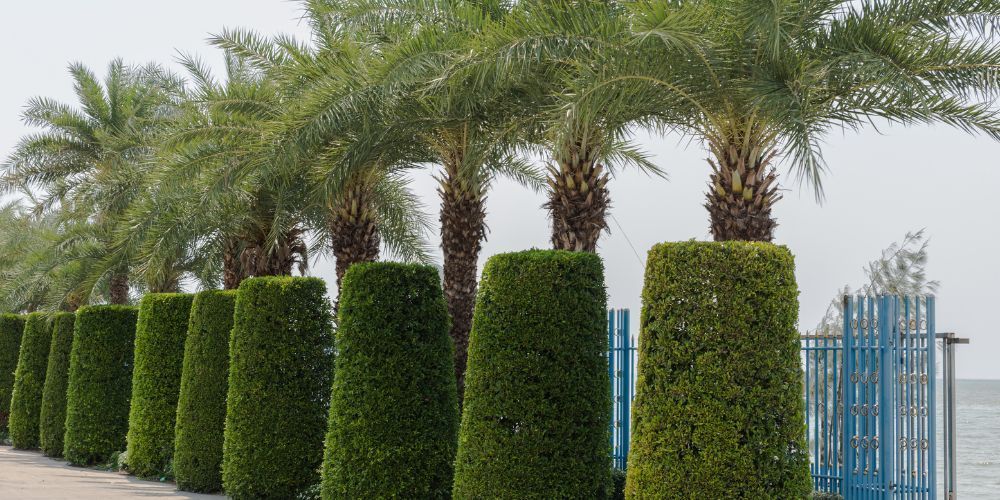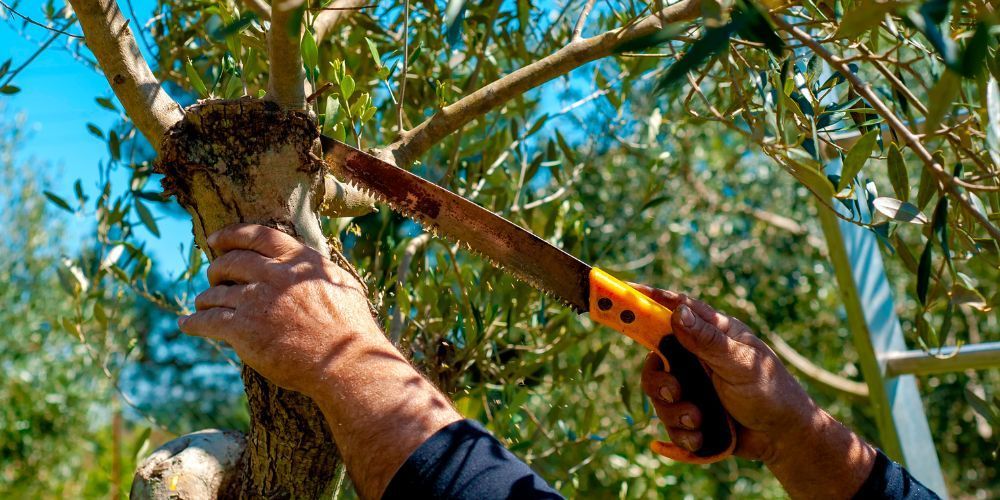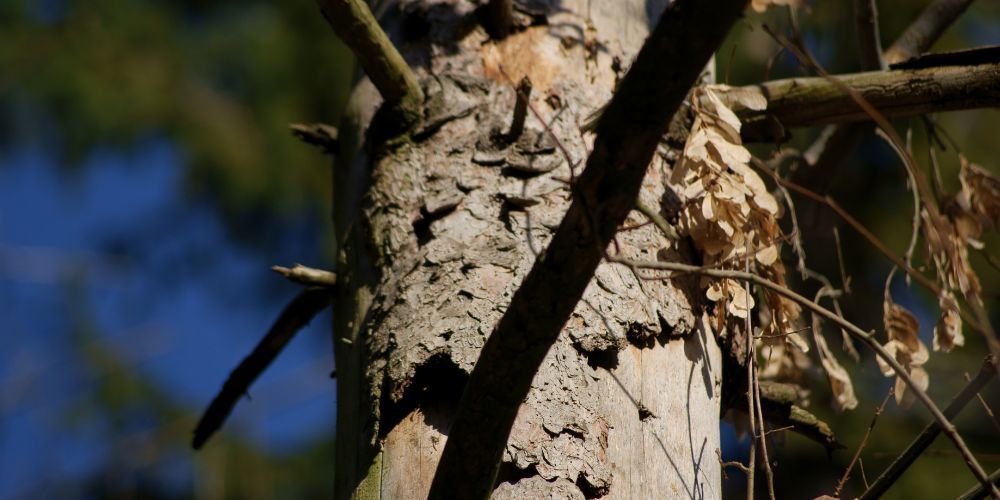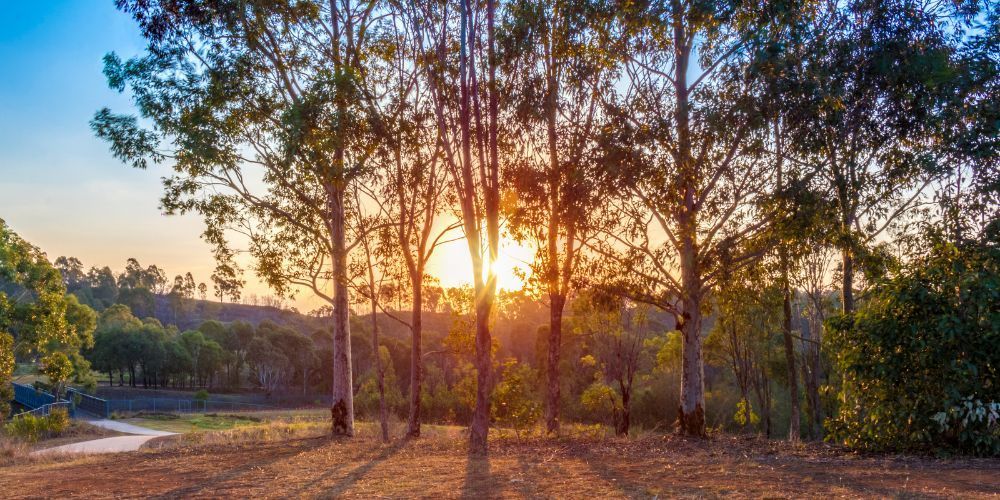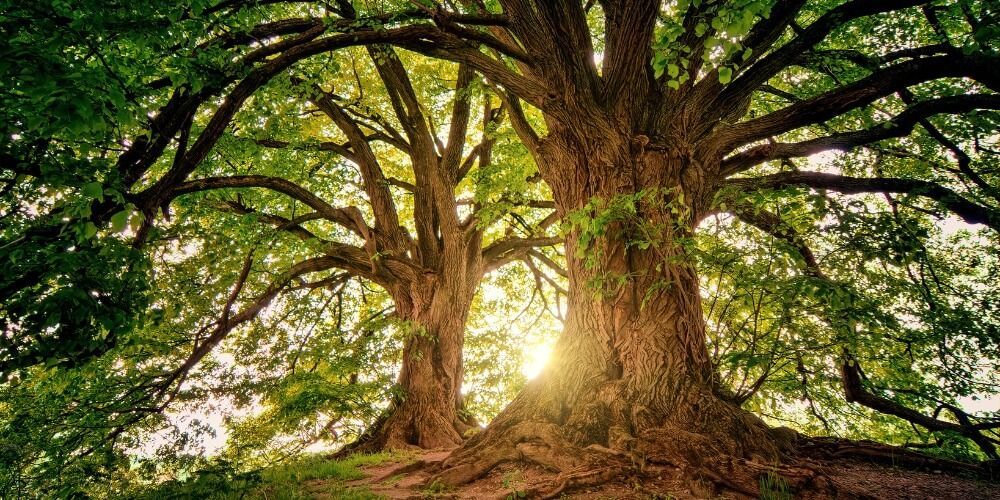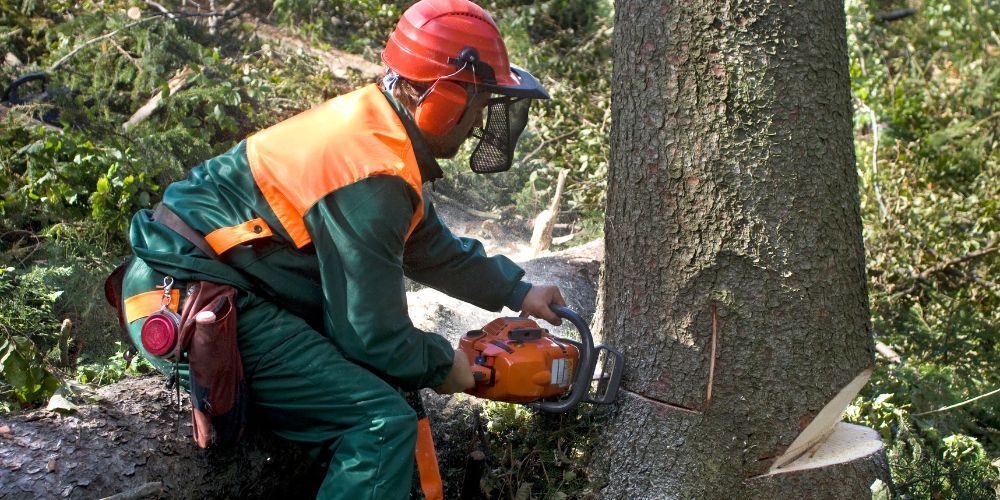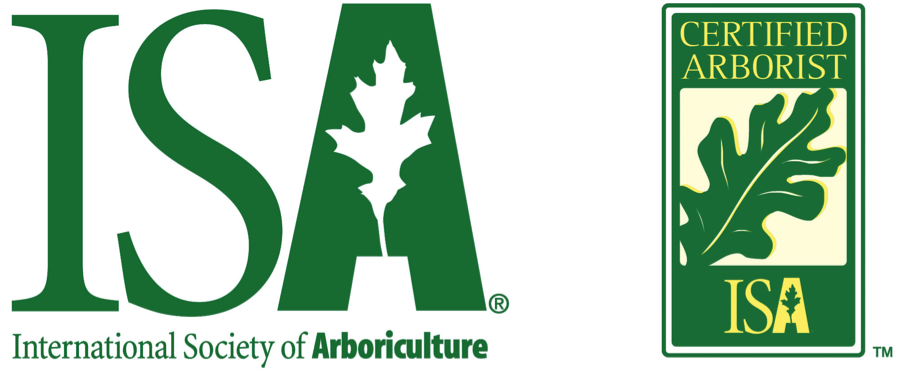Common Tree Diseases and Pests in Southern California: Identification, Treatment and Prevention
Besides humans, trees are also living things and are receptive to disease. With the diverse landscape and climate, Southern California boasts a rich variety of trees, each with unique beauty and characteristics.
Some pests and diseases reduce trees' productivity or kill them, while others remain out of sight of trees. It makes the beauty and health of trees crucial to maintain.
Identifying these diseases and pests among the trees is mandatory. Satellite monitoring or remote sensing can make it easier to identify these threats and notify the treatment helping to protect your trees effectively.
Common Tree Diseases in Southern California
Southern California has encountered several tree diseases that reduce the area's beauty and the variety of trees there—properly shaping open trees to air circulation. So, the timing of appropriate spraying is essential.
The homeowner needs to prevent the tree from irreparable diseases. By keeping your garden clean, you not only improve the appearance of the trees but also prevent them from getting diseases.
Healthy trees always require healthy soil, so ensure that your soil has enough nutrients and essential elements to maintain optimal plant health. Some of the common diseases Southern California faced are below:
Anthracnose
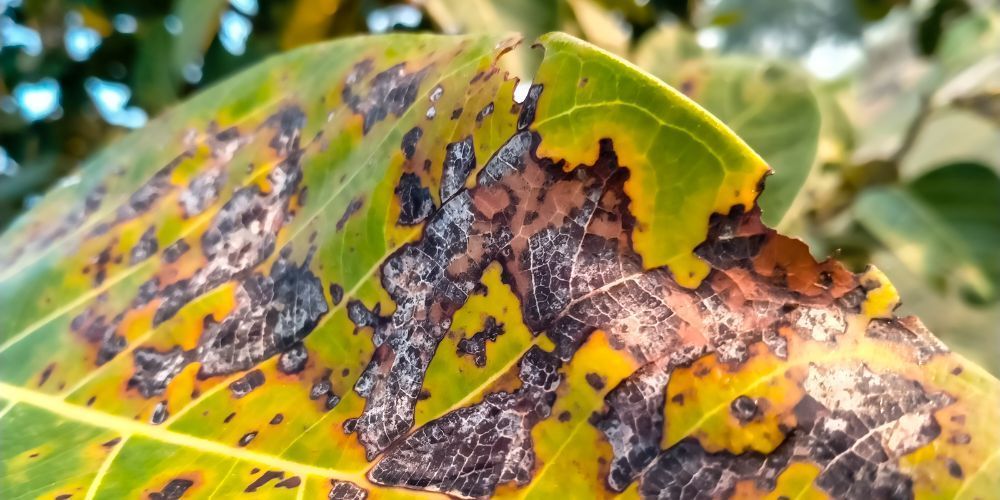
Anthracnose is a fungal genus that causes dark lesions disease in trees, including vegetables, fruit, and flowers, which are the recipients of this disease.
- Symptoms: The irregular spots and dead areas of the plant are the symptoms of Anthracnose
- Treatment: Two practices are used to treat the disease of Anthracnose: pruning to avoid growth risk and fungicide spraying the infected and dead plants daily.
- Prevention: Prevention of anthracnose requires proper spacing, water management, and good hygiene.
Oak Root Rot (Armillaria)
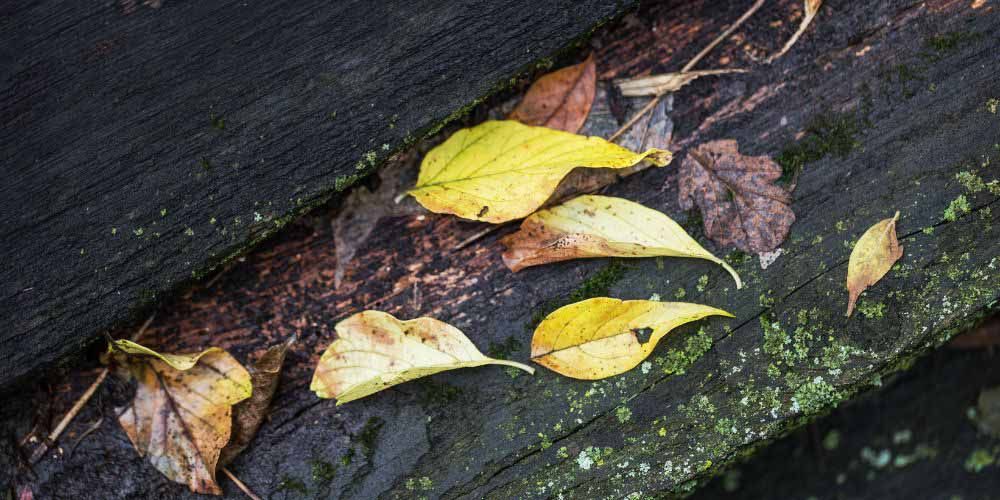
It is a type of disease found in woodland, and it is spread over 70 species approximately.
- Symptoms: Armillaria yellows the leaves, drops premature leaves, and branch dieback.
- Treatment: Enrich the turf around the tree's base and expand the watering during the dry hours.
- Prevention: To prevent the disease of Armillaria, you must plant a tree on the surface that can resist disease.
Fire Blight
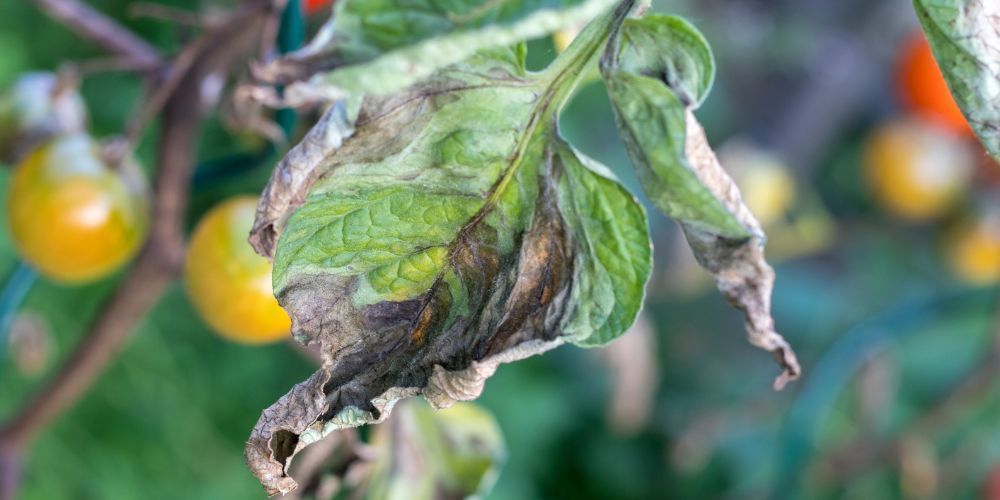
Fire Blight is a bacterial disease with destructive powers of entering the tree from the tip of the branch and traveling to the roots, which causes the branch dieback.
- Symptoms: Twigs, dying of blossom, and fruit spurs are included in symptoms of fire blight.
- Treatment: Burn the infected part of the branch, and control sucking insects.
- Prevention: Nitrogen fertilization and massive pruning help prevent the fire blight.
Common tree pests in Southern California
Trees in Southern California face various amount of common pests that make the trees weaker with time, and some of them are mentioned below:
Bark Beetles
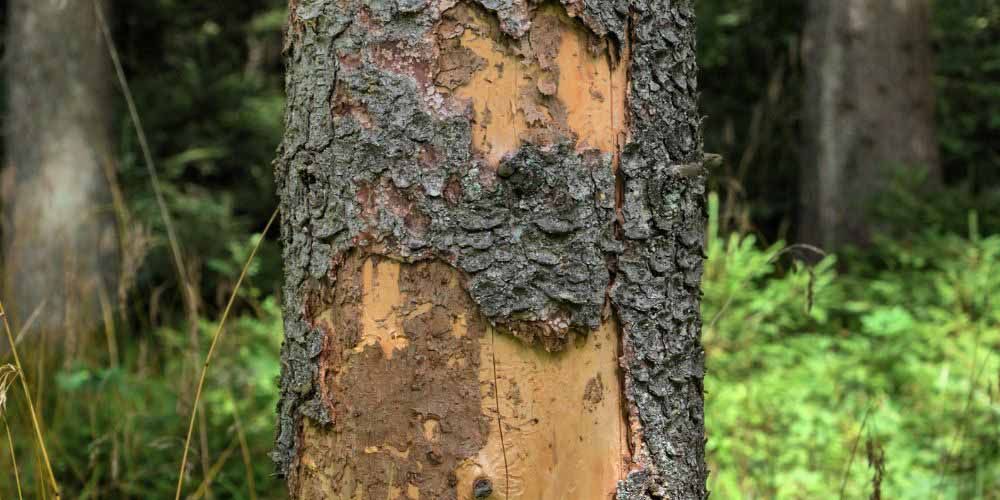
These are members of the subfamily Scolytinae. They are 0.25 elevation long and brown and black.
- Symptoms: Sawdust at the base of the tree and the Pitch tubes
- Treatment: To treat and avoid the attack of bark beetles, spot the tree's bin using diseases.
- Prevention: Proper watering is demanded periodically to help bark beetles, and a systemic germicide and topical disinfectant must be applied.
Aphids
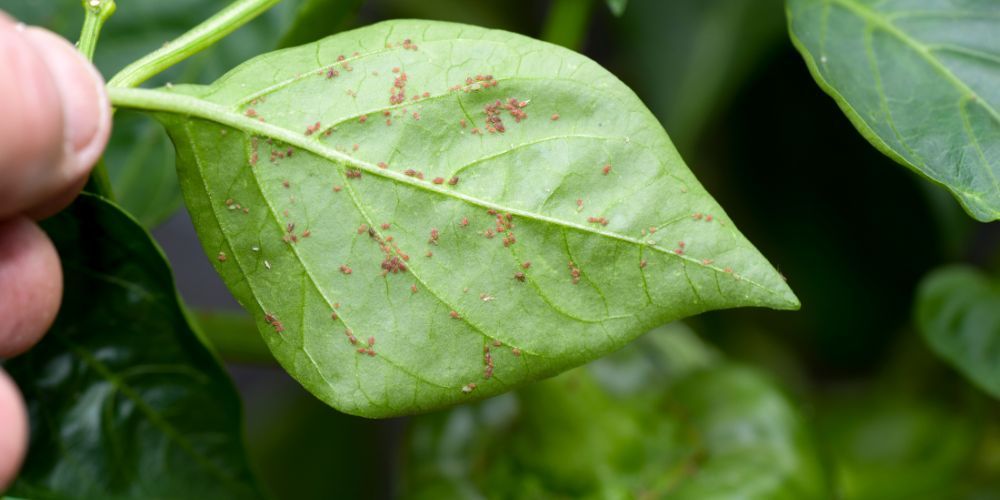
A sap-sucking group of insects. Their size is tiny, and their bodies are soft.
- Symptoms: Symptoms are yellow, twisted, and curled leaves.
- Treatment: You may treat the Aphids with Insecticidal detergent, Horticultural lubricant, and pyrethrins.
- Prevention: To prevent the aphids, encourage usual hunters to use innovative lands and keep plants healthy by spraying regularly.
Leafminers
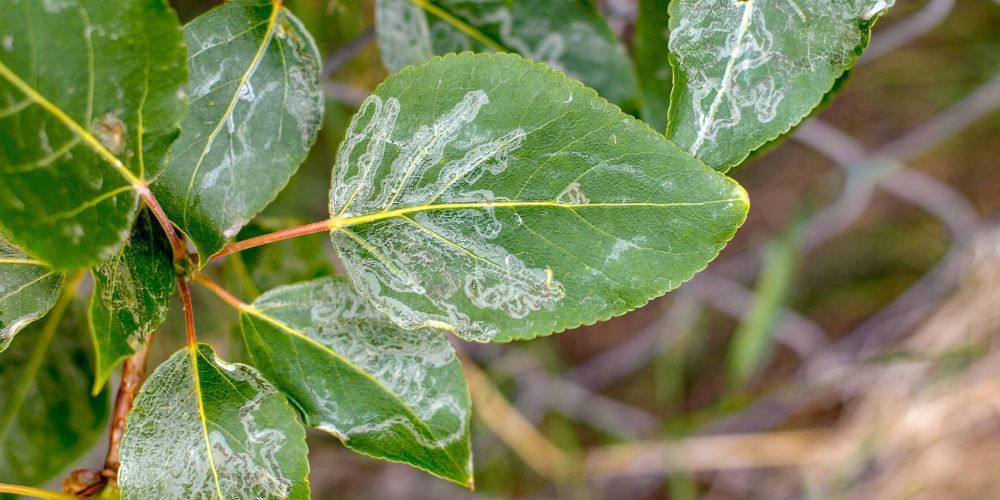
Agromyzidae is a family of flies also known as Leafminers in insects.
- Symptoms: Leafminers’ symptoms are Wavy lines, tunnels, and imperfections on the surface of leaves.
- Treatment: Treatments for leafminers are regular soil cultivation and squash tunnel.
- Prevention: Depending on the attacked plant, a systemic Insecticide can help prevent the leafminers.
Tips For Preventing Tree Diseases and Pest Infestations
The appropriate way of caring for the plant’s health and beauty is by properly watering it and providing enough nutrients and sunlight. However, the insects might be an issue for the trees because they spoil them with disease and mug them for nourishment.
To protect trees from pests and diseases, you need to be proactive. It involves selecting the right tree and keeping it healthy. Pay full attention and extra care when doing the construction work to avoid any damage your tree might have. It causes the weakness of the trees and reduces the lifetime.
Below are the prevention tips:
Regular Inspection
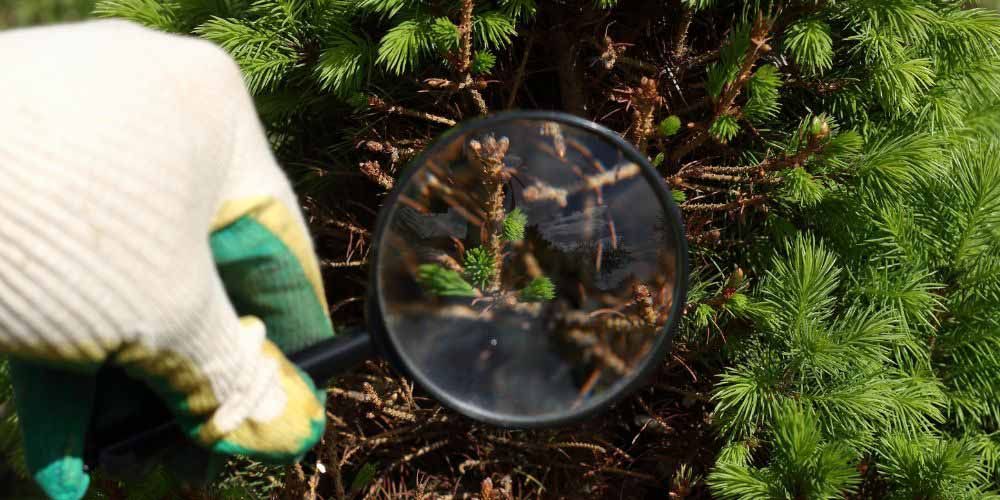
The insects multiply in large numbers vulnerably, and they can get out of control, which causes tree disease in a shorter period. Regular inspection of your trees helps you control the insect rate and safeguard leafage from pest infestation. In this way, you can keep your vegetation from harm and eliminate the threats of pest infestation with minimal damage.
- Keep it clean and well-tamed
- Regularly apply organic matters
- Planting in time avoids pest infestation

Proper Watering
Watering the plants in the morning is the best time. But before starting watering, you must check the soil to see if it is dry. Dry soil needs to absorb water properly. To make the soil absorb water, you must raise it to ground level and pour it slowly and steadily.
Watering in the morning gives the plant enough time to dry out for the whole day. Follow the proper watering routine to avoid pest infestation.
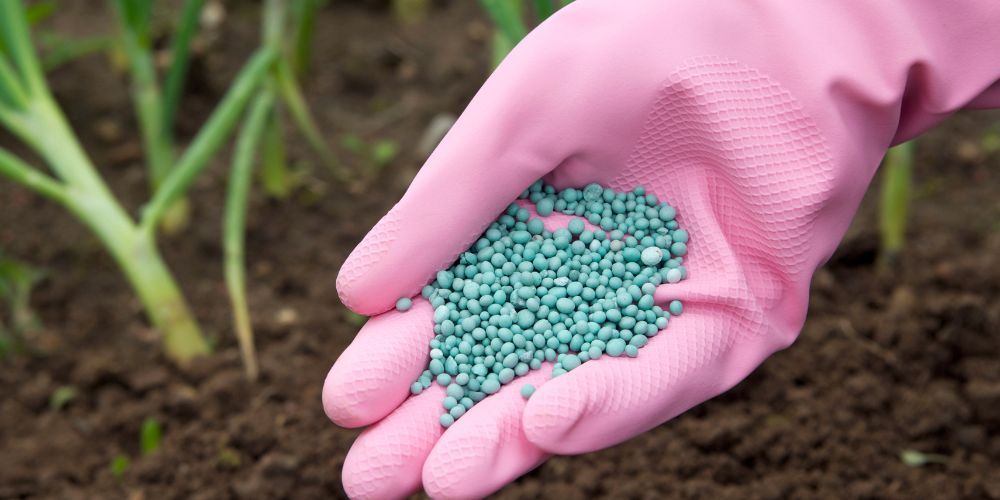
Appropriate Fertilization
Fall is the perfect time for appropriate fertilization because shallow root systems are challenging and cannot withstand a dry period of ruthless winters. Applying fertilizer in the fall promotes the health of root systems in depth.
In organic fertilization systems, some insects constantly display low prosperity due to the visible union between plant diversions, natural enemies, and soil fertility. The health of the soil is more mandatory than acknowledging a singular plant's reaction to handling pressure, such as pest force.
Conclusion
Protecting trees from disease and pests is essential because pests and insects damage tree branches by eating the leaves. Trees recovering from stress are highly vulnerable, and the risk of infection and the severity of the resulting damage increases.
Hence, keeping the trees safe from damage and diseases is more accessible than treating them. It negatively affects the health and growth of the trees and can lead to death.
Furthermore, if pests infect a tree, it will also affect nearby trees and plants.
So Cal Tree Care Inc. serves the best in the business to keep your trees and garden thriving.
